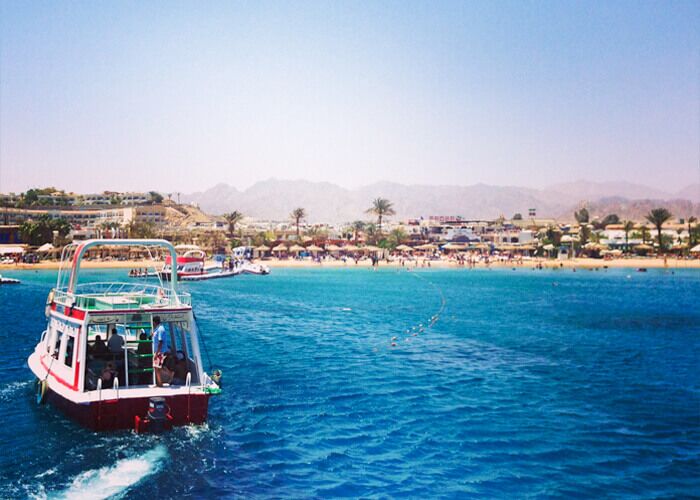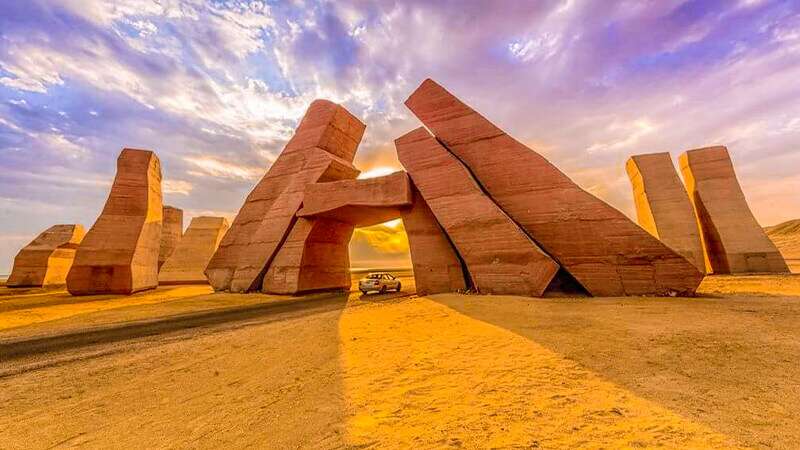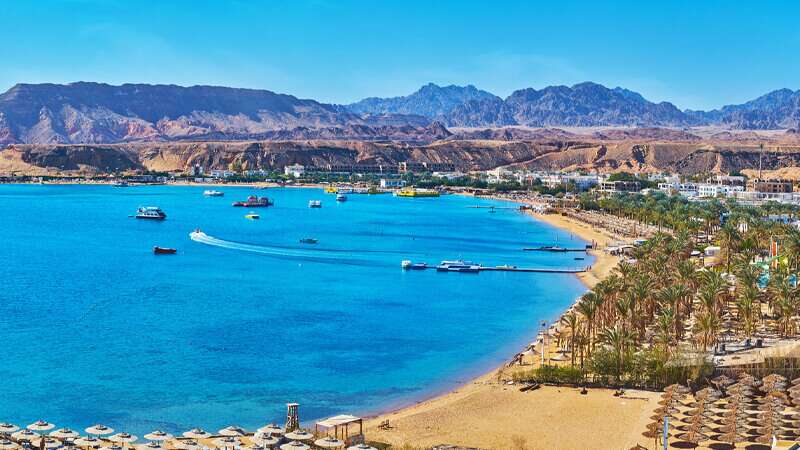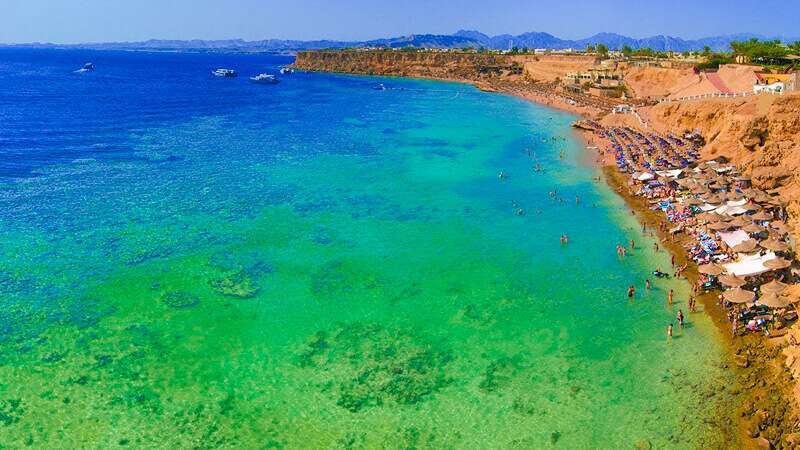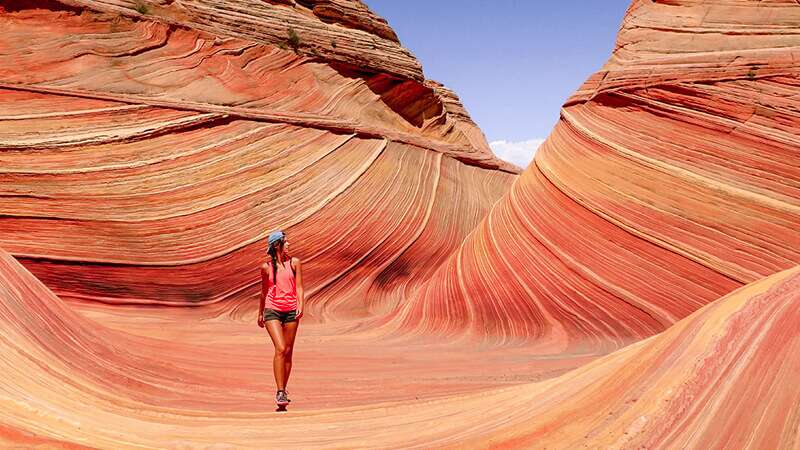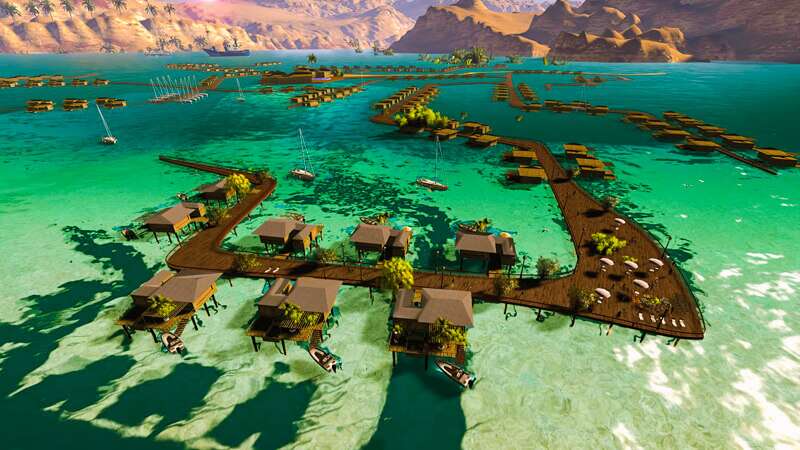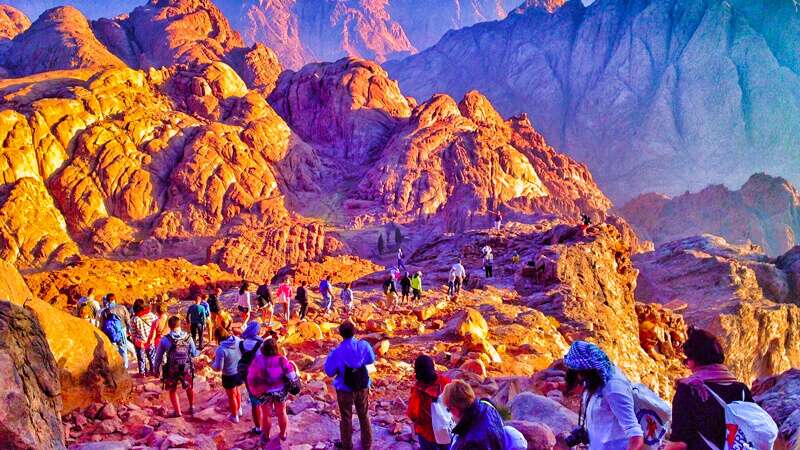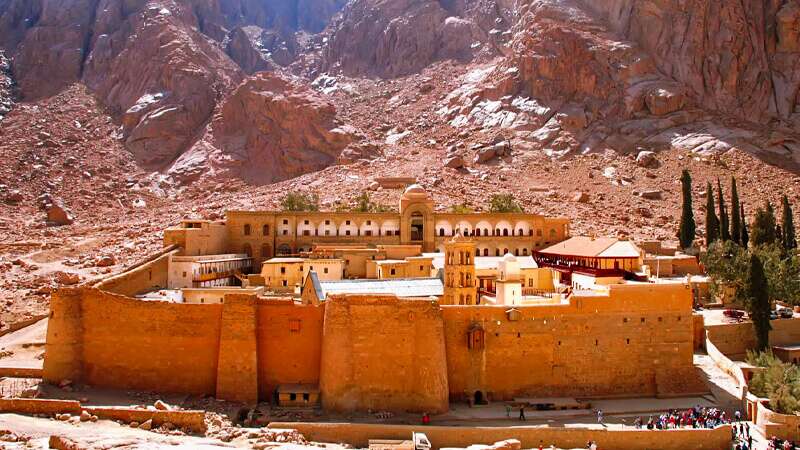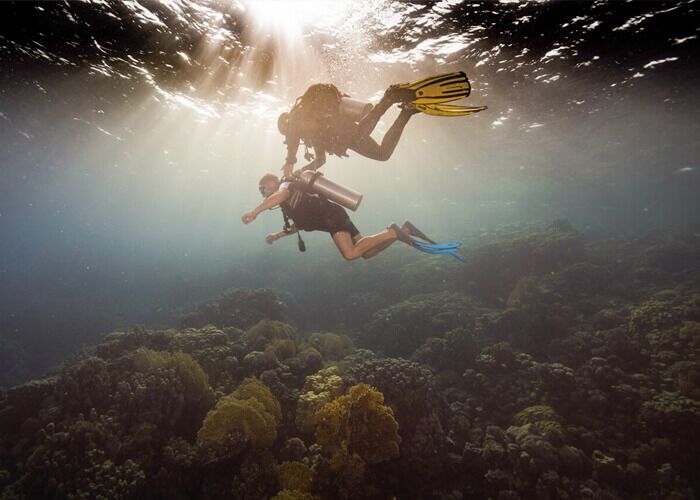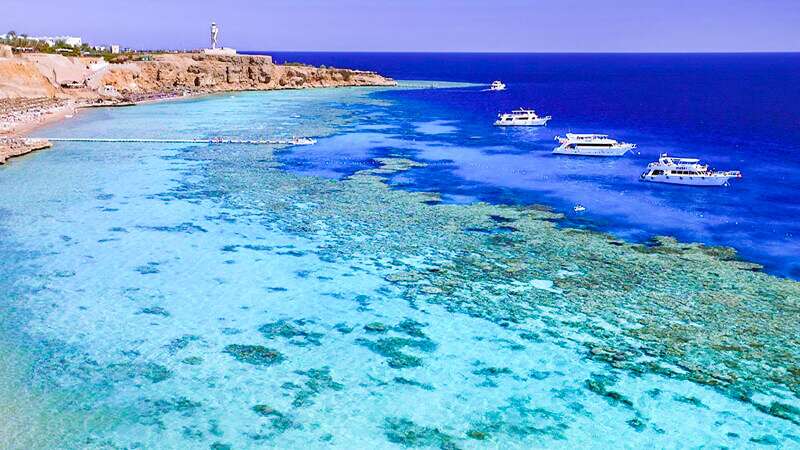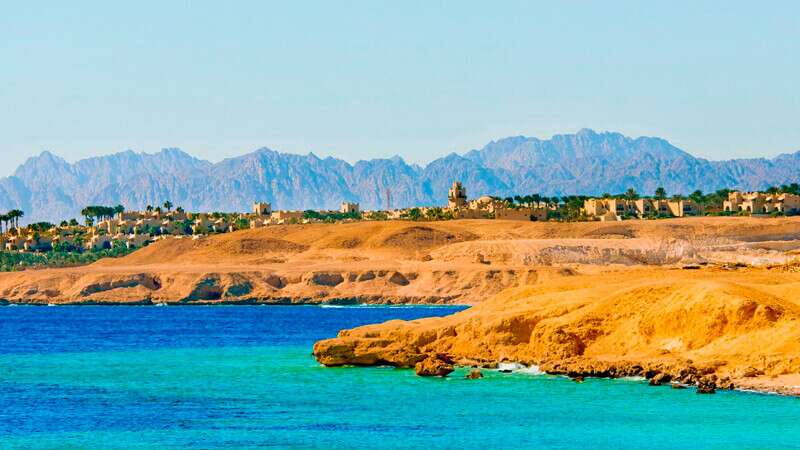The Best Place For Scuba Diving The in Red sea
The Red Sea in Egypt is famous for scuba diving because the weather is nice, the water is clear, and there are beautiful reefs to see at any time of the year. You can get the most out of scuba diving in the Red Sea if you go on Memphis excursions. Trustworthy dive shops will be happy to give you information about scuba diving and set up courses, daily tours, and live-aboard trips to almost any location, such as the towering coral formations of Taba and the sheer walls of Ras Mohammed, the sunken ships of Sha’ab Abu Nuhas, and the uninhabited offshore islands of The Brothers and Zabargad.
Egypt calls the Red Sea the “Garden of Allah” because of all the different kinds of sea life.
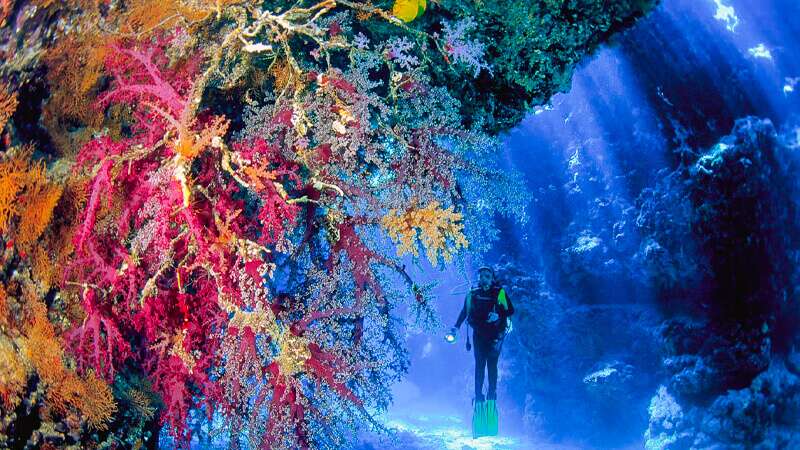
The Red Sea in Egypt has some of the best conditions for scuba diving. The water temperature ranges from 18 to 26 degrees Celsius all year, and there are amazing underwater landscapes, such as spectacular walls and shipwrecks, over 1,000 species of fish, and sunny, pleasant weather. In the middle of Africa is Egypt’s Red Sea (18–40 degrees Celsius).
With the help of our detailed dive site maps, you can get an idea of the different places in the Red Sea where scuba diving is possible. Because of all these things, it shouldn’t be surprising that scuba diving in the Red Sea is pfamousfor vacationers. Anyone, from an eight-year-old to an active grandma, can try diving and have fun doing it. Diving is a sport that people of all ages and levels of skill can do.
At its narrowest point, the width of the Red Sea is about 350 km. The Red Sea is a vast body of water (220 miles). It is surrounded on the north by the Gulfs of Suez and Aqaba and on the south by the Bab el-Mandeb Strait, several hundred meters deep. Some people think the name Mare Rostrum, which means “the Red Region,” came from the red bauxite mountains surrounding the water. There’s no doubt that these mountains contribute to the unique environment of the sea. About 25 million years ago, it came into being when Africa and the Arabian Peninsula broke apart.
The wreck of the SS Thistlegorm in Ras Muhammad:
The SS Thistlegorm Wreck is considered by many to be the best wreck dive that has ever happened. The sunk SS Thistlegorm can be found in the area of the Strait of Gubal, which is north of the Red Sea. During World War II, this ship sank during a battle. It was a British transport ship that was 128 meters long and was sunk by German planes in 1941.
One of the most exciting things about diving at the SS Thistlegorm Wreck is finding valuables. There are two locomotives, two tanks, several army trucks, jeeps, motorbikes, boots, boxes of guns, and a wide variety of airplane and car parts. In addition, there are two sets of tanks and two locomotives. It’s like opening up a time capsule when you do that! You’ll need to do at least two dives to see everything on this shipwreck. If wreck diving is your thing, you won’t find a better place than this one. It is possible to get into the hold regions and get the many items stored there. On board, the ship is the anti-aircraft cannon that has not been taken off.
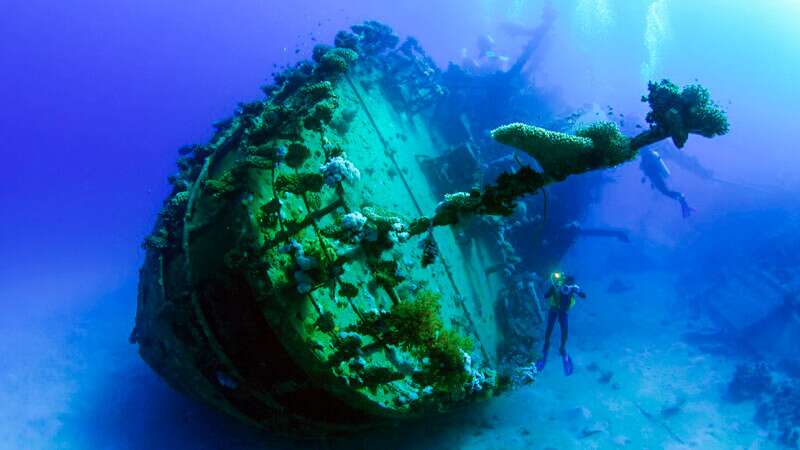
The wreck of the SS Thistlegorm is 30 meters deep in the water. When we talk about depths, we’re talking about a range that goes from 32 meters at the prop to just 16 meters at the shallowest point. Divers should be warned that there may be strong currents at this spot. Even though it is usually easy to see, there is still a chance that silt in the water caused by the winds and tides will make it hard to see. Divers who want to check out the motorbikes, trucks, armored vehicles, firearms, and other cargo can enter the hold in an upright position.
Scuba Diving in the Blue Hole, Red Sea:
The Blue Hole is a fantastic place to go diving. It is on the eastern side of Sinai, not too far from Dahab, which is on the coast of the Red Sea.
The blue hole is a cave with a 130-meter-wide, 130-meter-deep basin filled with water. It is shaped like a crater. It is split into two parts. The first, called the “saddle,” is a 6-meter-deep tunnel that goes straight into the water. The second, called the “arch,” is a deeper tunnel that goes to the surface and is 60 meters long. Even though it is entirely underwater, it looks like a small street and is in the middle of the coral reefs. Divers can walk or swim a short distance from the beach to get there quickly and easily. Divers are familiar with this area because it has a lot of fish and other sea life, as well as beautiful coral structures.
The Blue Hole in Dahab is a must-see for any scuba diver. It has been called “the most beautiful and terrifying diving tunnel in the world” and “the witch of divers.”
Divers from all over the world go to the Egyptian city of Dahab, on the coast of the Red Sea, to take on the dangerous Blue Hole. Because many divers have died there, the Blue Hole is also known as the Garden of Bones.
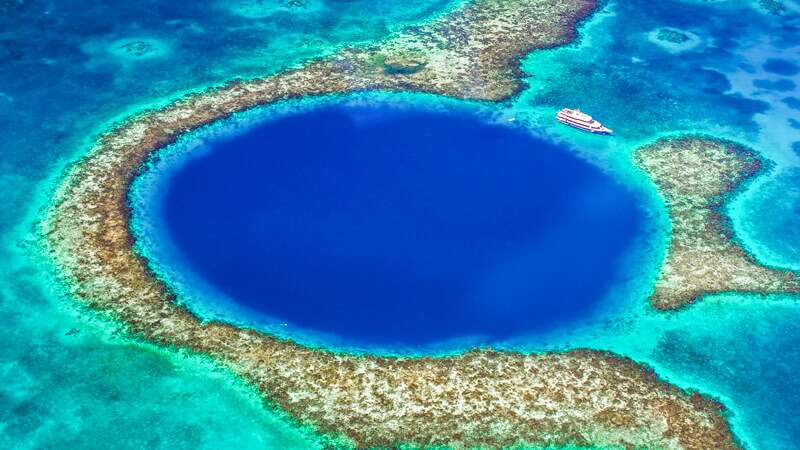
Divers come from all over the world to the Blue Hole because, according to urban legend, it was made when a comet hit Earth a long time ago, causing the hole to form and some of the most beautiful coral reefs and marine life to grow there.
The Blue Hole is known as “the cemetery of divers” because, over the past 15 years, about 130 scuba divers have gone missing while trying to explore it. Because of this, the Blue Hole has gone from being “the most beautiful place to dive” to “the most dangerous.” In the area of the Blue Hole, there is a collection of items with the names of the early pioneers of deep diving who have since died (Dave Shaw, Cheek Exley, and many others).
Divers come from all over the world to the Blue Hole, even though it is dangerous because it has so much aquatic life, such as beautiful coral reefs, fan-shaped fish, colorful fish, beautiful eels, and dozens upon dozens of species of fish that breed there and are lovely. A tunnel connected to the sea called the arch encourages divers to explore and search within it to discover the mystery surrounding it. The Blue Hole also attracts divers because The second place is out at sea, where many explorers have died even though all they wanted to do was learn more about the world and have fun with the unknown.
So that people can dive here safely, they need to bring a full tank of air or breathing gases and a guide who knows the hole.
Shark Reef and Yolanda Reef:
Shark Reef and Yolanda Reef, which are both in Ras Mohammed National Park, are where most people go to scuba dive in this area. Ras Mohammed (Mohammed’s point; in Arabic, Ras means “headland”) is known for two coral pillars with a diameter of about 40 meters each. They are called “Shark” and “Yolanda” Reef, and a third, smaller one is called “Satellite.” They rise straight up from a sandy terrace 10-15 meters below the surface and are called “The Saddle.” The smallest of the three coral reefs is Satellite Reef.
Between the reefs and the coast is a beautiful coral garden that is surrounded by different alcyonarians. The outer walls of the two main coral pillars drop sharply from the surface to more than 800 meters below, making a beautiful seascape that makes divers feel like they are floating in the air.
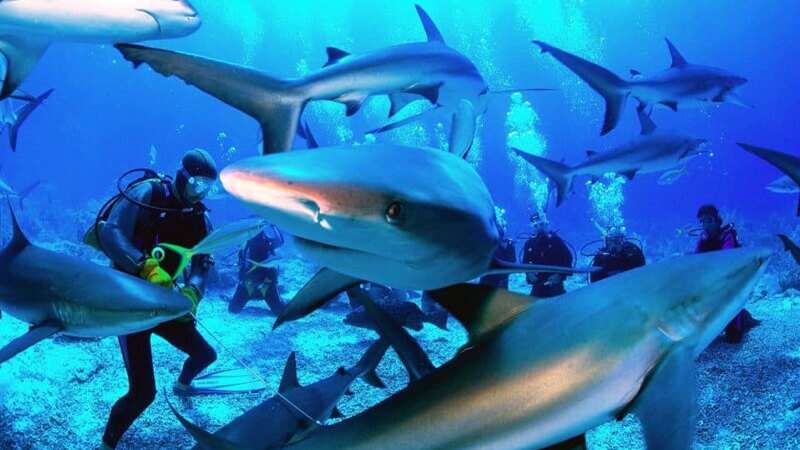
Anemone City is a beautiful coral terrace where turtles often hang out. Divers will find Anemone City a great place to start their dive if the weather is good. To get to the other side of Shark Reef, they can “jump into the blue” and swim across the open sea. Only this way will get you there. As you keep flying over Shark Reef, the place’s imposing shape comes into view suddenly.
Divers then head toward Yolanda, following vast schools of pelagic fish, a few sharks, and countless reef fish of all sizes, colors, and behaviors as they swim along the reef to the right and the blue to the left.
Divers often make their way back to the saddle between Yolanda and Satellite when they are done with their dive. This is done to remember the cargo ship that ran aground here and gave the reef its name. You can add some down-to-earth humor to your underwater selfies by using one of the hundreds of porcelain urinals that have been kept in such good shape.
El Gouna Scuba Diving:
El Gouna on the Red Sea Riviera is the best place to go on vacation for scuba divers and people who like other water sports. Divers just starting will find that the warm pools and calm coral reefs are the perfect places to get their feet wet. Experts say that the coral reefs, coral reefs, and sunken ships in El Gouna are some of the most beautiful things you can see in the Red Sea. Because of this, you’ll remember your scuba diving experience as one of the best times of your life.
Even though El Gouna is not in any of the Red Sea reserves, it has a strong and long-standing approach to conservation. For example, investors from resorts and dive shops put money into the Shamandoura project. A system has been in place for a long time that limits the number of people visiting popular scuba diving sites.
El Gouna is different from other places because it has beautiful coral reef gardens and is a calm place to snorkel. But the area also has many exciting landing spots for scuba divers with more experience. Nearby, the beautiful circular and moon-shaped reef in El Gouna called the Dolphin House is home to a pod of bottlenose dolphins all the time.
The coral reefs in El Gouna are pretty far from the coast, so the only way to get there is by yacht. For families and groups of friends who don’t want to go diving, a day on a boat is a unique and unforgettable experience. This is because most places divers go are also good places to snorkel.
Ras abo Galum:
Abu Galum Reserve, South Sinai.
The Bedouins named the reserve after the rare plant Qaloum because it is used to heal wounds in the area. There are 165 endangered plant species in the area, and 44, such as Qaloum, live in reserves.
From Al-Bulhol, near Dahab, you can walk or ride a camel for 7 kilometers along a narrow path between the mountain and the sea to get to the reserve. You can also take a four-wheel drive vehicle through the mountain valleys near Nuweiba. The hills of the account are close to the coast of the Gulf of Aqaba, which makes for a very different environment.
Because the reserve is in a remote place, marine life and coral reefs have been allowed to stay as they are. Since this is the case, snorkeling and scuba diving are great things to do.
The Canyon:
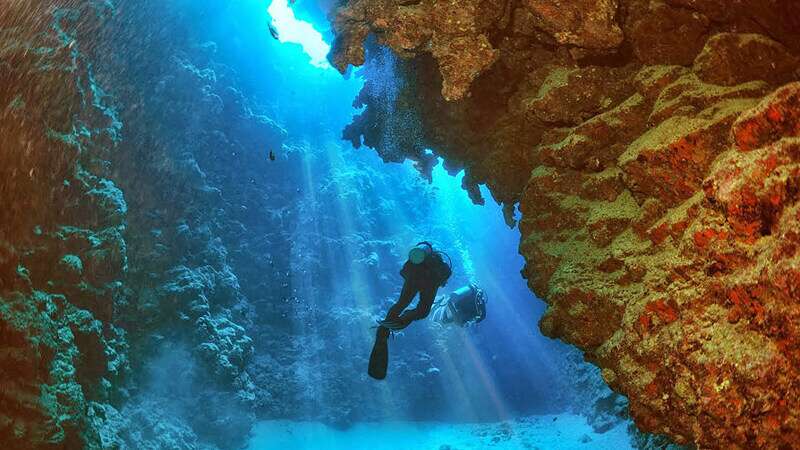
People say this canyon is one of the best places to dive in the Dahab area.
Before you go down about 18 meters, you won’t be able to tell that the place is a crack in the ground.
Divers who don’t have an advanced or star 2 certification can’t go into this canyon.
Even though the first depth is closer to thirty meters, it is only eighteen meters deep at the entrance to the famous canyon.
The canyon has two main entrances, the deeper of which is 18 meters deep. There are also two essential exit points, one that is 48 meters deep and the other that is 55 meters deep.
When you go there for your first dive, you’ll be amazed as you go to depths you’ve never been to. From where you are in the clear air, you can see that the darkness below has been broken up to show considerable depth.
But if you do a free fall from 18 meters to 30 meters and let yourself fall like you’re using a parachute, it is one of the most enjoyable and satisfying dives you can do.
: The underwater museum in Dahab, South Sinai
The Lighthouse is a special place for scuba divers to dive in Dahab. Also, it is an excellent place for beginning divers of any skill level to practice their skills and get used to being in the water. When you dive into the ocean from the sandy area that leads to the large grassy slope, you can see fish, marine animals, and coral reefs that can only be seen in Dahab. You will also be able to see coral reefs only found in Dahab.
In Dahab’s Lighthouse neighborhood, the monuments are one of the things that stand out the most. They are made of materials that are safe for the sea environment, and this is one of the things that sets the Lighthouse neighborhood apart.
You can now see five one-of-a-kind sculptures at the Museum of the Deep. Each of these statues was made by hand with materials that are safe for the marine ecosystem and allow coral reefs to grow on top of them.
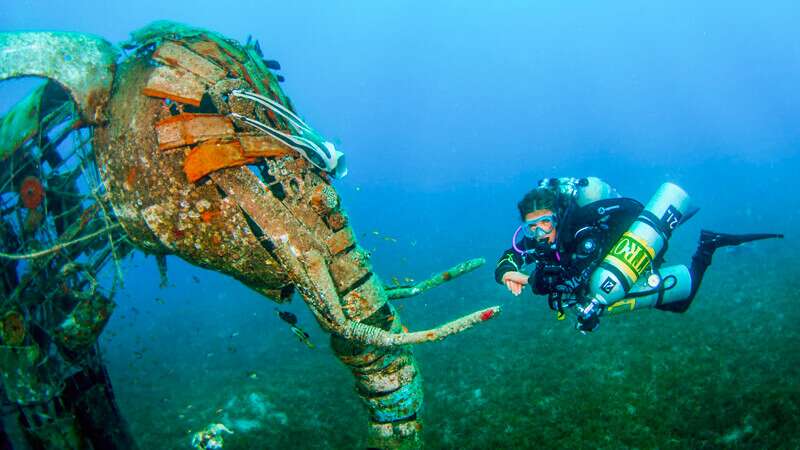
In the Egyptian city of Dahab, scuba divers have opened a museum under the surface of the Red Sea. To save the world’s coral reefs, divers have made an underwater museum by putting statues of eco-friendly materials on the ocean floor.
The I-Dive Tribe has been working on this for a while, and in the end, they are the ones who will be held accountable for its success. This group comprises scuba divers from different backgrounds who love the ocean and all the living things there. They work hard to protect coral reefs and other marine life in the Red Sea, one of the places in the world where people can go scuba diving for fun.
This effort’s primary goal is to ensure that coral reefs stay alive. In an article in the Egypt Independent, the museum’s founder, Abdel Rahman el-Mekkawi, was discussed. He said, “We can see it when we dive in the Red Sea; there are a lot of dead reefs.”
It has been proven that diving beyond the recommended limits can hurt coral reefs.
Some statues were made with steel tubes with open ends, making holes in them possible. Coral reefs and other small marine life can hide from larger predators in these holes. This was done as a part of a project to encourage the growth of new coral reefs, which was the project’s primary goal.
Three Pools Dahab:
Divers can enter and exit the sea at one of three sandy pools connected by coral saddles. Beyond the third pool is where you’ll find a sandy alley lined with brain corals, pipe corals, and salad corals; if you look closely, you could even spot a tiny resident napoleon fish hiding out in its crevices. If you proceed further through the tunnel, you will eventually reach a coral garden with rocky outcroppings. The appearance of a turtle in the area is not uncommon. Near the end of the dive, you can see a shallow area where sand and coral blocks compete for the sun, resulting in excellent red details. This spot could be found in the middle of the reef. Octopuses are adept at disguising themselves everywhere, making it possible for divers with a keen vision to discover crocodile fish and scorpionfish hidden in the sand.
Diving in Abu Helal – Abu Talha,Dahab:
South of Abu Talha is the crescent-shaped reef known as Ras Abu Helal. People also sometimes call it “Little Canyon.” The coral reefs of Abu Helal and Abu Talha are in great shape because you can’t get to them unless the tide is high. Dives can be technical or for fun, depending on what the diver wants to do. The reef helps to make a protected lagoon with a maximum depth of 12 meters. From a slope that runs along the bay’s northern coast, you can see a small bay you can see as you leave. This part of Dahab is popular with scuba divers because it is close to one of the city’s most beautiful coral gardens near where the ridge starts. A little further along this ridge is a canyon dive about 30–40 meters deeper. Due to the long distance between where the dive ends and where it begins, it is recommended that only experienced divers go on this dive. Divers usually swim to a depth of about 10 meters, wait until they find a small crack, and then dive down. This is done so they can use less air and spend less time on the bottom. Due to its strange turns, Little Canyon is only accessible to technical divers with the proper training. The sheer number of different kinds of sea life and the beauty of the soft and hard corals found here are unique. The reef is home to many kinds of fish, such as lionfish, wrasse, triggerfish, unicorns, wrasse, and triggerfish. It’s also not unusual for a sea turtle to show up occasionally.
From Dahab, located to the north, it takes about 17 minutes to get to Abu Talha by jeep. It is hard to get to the reef from the sandy bottom because the reef table slopes away from the beach, making many holes. The depths of these holes vary. It would help if you didn’t go down until you’ve gone over the shallow saddle unless you are a diver who has already reached neutral buoyancy while swimming through the shallows. When the scuba diver finally makes it to the surface, they will see a beautiful coral shaft in the shape of a theater. In the middle, the hard coral drops off to a depth of 50 meters, and there are a sinkhole 25 meters to the left. Technical divers will like the deeper hole at the end of the “small canyon” that starts in Abu Helal. They will also have a good time exploring this area. As you move to the left, the coral gets more spread out, and you can see sand and table corals among them. A school of red-toothed triggerfish also lives in this area. Rays and nudibranchs are also found here. Before you return to the boat, take your time and swim slowly around the reef wall at a depth of 10 to 15 meters to look at the hard and soft corals and maybe see a turtle or schools of yellow-tail barracuda. This needs to be done before you leave.
Diving in Marsa Alam :
Marsa Alam, on the coast of the Red Sea in Egypt, is a popular place for scuba divers because the water is always warm, and there is a lot of different marine life there. The Samadai Reef and the Elphinstone Reef are two of the most popular places to go scuba diving near Marsa Alam.
Divers at Marsa Alam might see glass-nosed dolphins, spinner dolphins, sea turtles, and the dugong, which is very rare and in danger of going extinct. Divers at the world-famous “Phinstone Reef” may see white sharks or hammerheads, which are rare, engaging, and hard to see otherwise. At the “Phinstone Reef,” divers might see hammerheads or white sharks.
There is a lot of pelagic fish here, like tuna and barracuda. If you visit this place in May or June, you might even see a whale shark or one of those beautiful manta rays. Here, you can see a wide range of sharks, from the stunningly beautiful Silvertip Shark to the more common Grey Reef Shark (from May to August)
The dive sites in the area are great for beginners, while the rest of Marsa Alam’s dive sites are better for more experienced divers. If you want to take the best underwater photos in this city, you have to snorkel because the water is clear and there is so much marine life.
Marsa Alam’s beaches are suitable for snorkeling, but Abu Dabab Bay, Kahramana beach, and Dolphin House Reef are the best places to go. At Abu Dabab Bay, you can see coral and a lot of exciting sea life. At Kahramana beach and Dolphin House Reef, you can swim with dolphins.
Sharm El Sheikh:
Sharm el-Sheikh or Hurghada could be the place where the trip starts. Some of the best-known dive sites in the world are in the Red Sea, and both of these places were important to the growth of diving tourism more than twenty years ago.
In the waters around Sharm el Sheikh, you might see hard and soft corals, dolphins, sea turtles, manta rays, eels, Napoleon wrasse, tuna, hammerheads, barracuda, reef sharks, and sea sharks.
Along with the rest of Egypt, the area around Sharm el-coastal Sheikh is subject to strict rules, and the city’s infrastructure and services are built to meet strict environmental standards. The best diving in the area is in one of Sharm El Sheikh’s three natural reserves, Ras Mohamed, Tiran, or Nabq. Since 1983, non-governmental organizations (NGOs) and governments, including the European Community, have worked together to protect marine life. Practices currently in place include doing frequent reviews and changes to ensure that the reserve continues to follow all laws and regulations.
Divers often leave Sharm el-Sheikh for long diving cruises, also called safari yachts or safari diving. If you take a yacht from Sharm el-Sheikh to the world-famous diving spots in the Strait of Global, you can visit the cemetery of the lost ship “Abu Nahas” or the wreck of the Thistlegorm, which is the most famous shipwreck in the Red Sea. In the Strait of Global, you can find both of these places.
Diving in Soma Bay:
Soma Bay is a great place to take young people scuba diving because it has luxury resorts, long stretches of soft sand beach, and a beautiful coral reef right next to the bay. Even if you and your family don’t do scuba diving, you can be sure that they will be treated like royalty by the excellent services the resort offers while you enjoy the beautiful marine life in the area. From the most northern point of Safaga Bay, you can see the beautiful ocean and mountains surrounding Soma Bay. In the southwest, a large sandy beach with shallow water is excellent for swimming and diving.
The long pier in front of the Sheraton gives access to one of the most beautiful fringing reefs in the area. It is near the headland called Ras Abu Soma, which is to the east and northeast. All of the marine life in Soma Bay, and many other places in Egypt, is protected, and the diving centers in the area follow strict environmental laws. Since 1995, local governments, non-governmental organizations (NGOs), and international organizations like USAID have worked to save marine species native to the region. There are mooring buoys at every diving spot, and they are taken care of regularly.
Diving in El Quseir, Egypt:
El Quseir, Egypt, is home to a city that has been continuously inhabited for at least the past five thousand years. This city is located on the Red Sea between Hurghada and Marsa Alam. The Marsa Alam International Airport is the primary airport that is situated the most convenient, and it can be reached by car in less than 50 miles (80 kilometers). Despite the city’s relatively modest size, El Quseir is home to a thriving diving industry. As a result of the relative ease of shore diving in El Quseir, this location is an excellent choice for novice divers. Beach dives are a lot of fun in El Quseir, and divers of all ability levels can participate. Traveling to remote coastal locations, you can enjoy some of the best scuba diving in the world from the comfort of a zodiac. Due to the absence of secure moorings, there is a restriction on rigid boat diving; nonetheless, there are a few spots that can be accessible by boat and beach. In the south and the north of El Quseir, one can observe lengthy fringing reefs running parallel to the shoreline. Underwater, the terrain comprises coral labyrinths, blind alleyways, and pinnacles covered in coral and rising from sandy slopes. When the various coastal regions are contrasted with one another, it is clear that each one possesses its own set of distinct advantages. Taba
Explore more with Nefertiti tours and book one of our Egypt Vacation Packages

